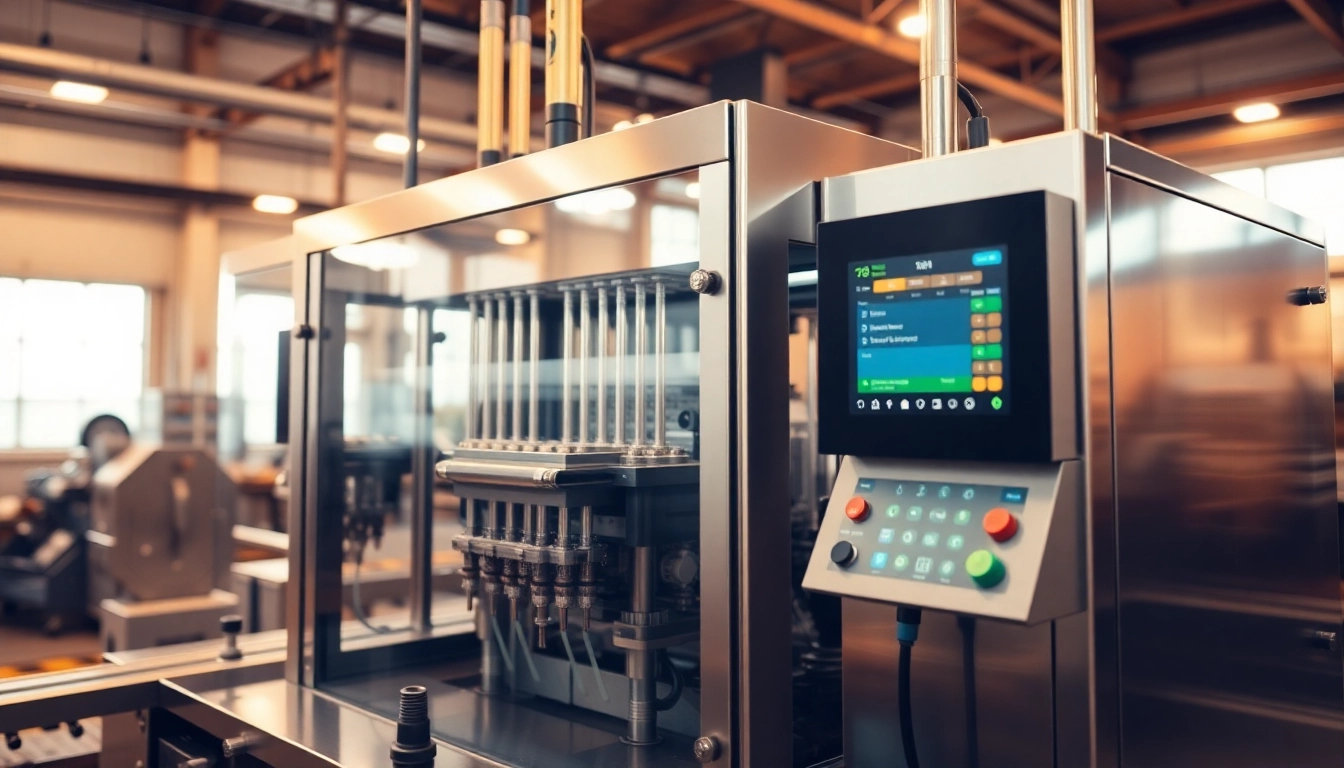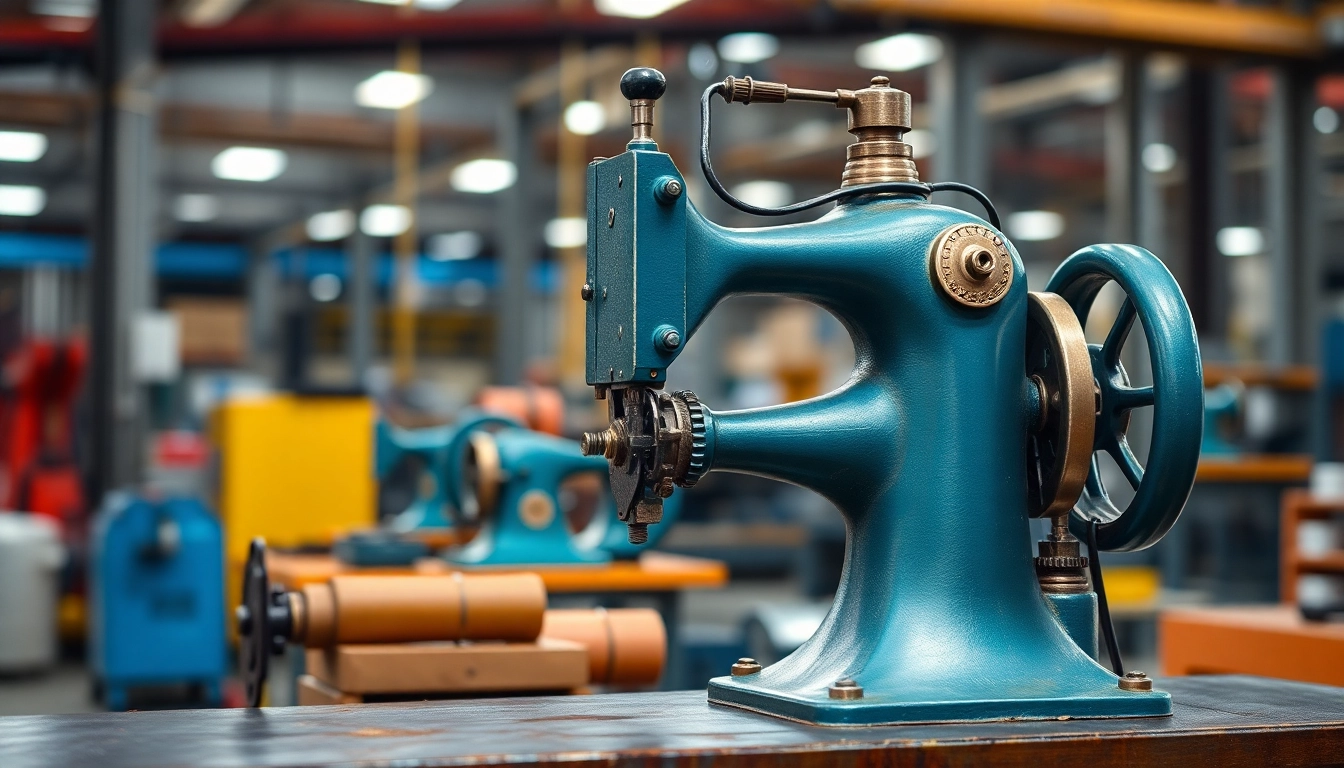1. What is Machine Vision?
1.1 Definition of Machine Vision
Machine vision is a branch of technology that enables computers to interpret and understand visual data as humans do. It plays a vital role in a range of industries, facilitating automatic inspection, analysis, and decisions based on image data. The core idea is to leverage algorithms and hardware to replicate human-like visual perception and interpretation, allowing machines to autonomously monitor environments and processes. To enhance understanding of this crucial technology, one can explore resources on machine vision.
1.2 Key Components of Machine Vision Systems
Machine vision systems typically consist of several essential components:
- Cameras: These devices capture visual information from the environment. They can vary in types, including CCD (Charge-Coupled Device) and CMOS (Complementary Metal-Oxide-Semiconductor) sensors.
- Lighting: Proper illumination is crucial for image clarity. Different lighting techniques such as diffuse, backlighting, or strobe lighting ensure optimal visibility of components.
- Processing Hardware: This includes computers or embedded systems that execute vision algorithms on the captured data. High-speed processing is necessary to minimize delays in industrial applications.
- Software: This component runs algorithms that analyze visual data to make decisions. Software features may include image recognition, defect detection, and pattern matching.
- Connectivity: Integration with other systems, such as databases or cloud services, allows sharing of data across different platforms for broader application.
1.3 How Machine Vision Works
The operation of machine vision systems can be broken down into a series of steps:
- Image Acquisition: The system captures images using cameras, triggering the imaging process through predefined settings and lighting conditions.
- Preprocessing: Raw images often contain noise or artifacts. Techniques like filtering and normalization are applied to enhance image quality.
- Image Analysis: Advanced algorithms evaluate the image to identify and extract features. This may involve edge detection, pattern recognition, or dimensional analysis.
- Decision Making: Based on the analyzed data, the system can make real-time decisions, such as identifying defects, counting objects, or guiding robotic operations.
- Output Data: Results are relayed to operators or integrated machinery, offering insights for quality control, process adjustments, or automation actions.
2. Applications of Machine Vision in Industry
2.1 Quality Control and Inspection
One of the most significant applications of machine vision is in quality control and inspection processes. Manufacturing industries utilize this technology to ensure that products meet stringent quality standards. Automated systems can detect defects, measure dimensions, and verify assembly correctness more efficiently than human inspectors.
2.2 Process Automation and Efficiency
Machine vision is instrumental in automating processes that traditionally required human intervention. For instance, in packaging and sorting operations, machine vision systems can recognize items, read barcodes, and manage inventory flow, drastically improving operational efficiency. By automating these tasks, organizations can enhance productivity while reducing labor costs.
2.3 Robotics and Machine Handling
Robots equipped with machine vision capabilities can navigate and manipulate their environments with remarkable accuracy. This application is crucial in fields such as logistics and warehousing, where robotic systems need to identify and handle diverse items rapidly. Machine vision enables these robots to discern between similar objects, thereby minimizing errors and ensuring efficient operation.
3. Advantages of Implementing Machine Vision
3.1 Improved Accuracy and Consistency
Machine vision systems offer remarkable improvements in accuracy compared to manual inspections. Automated processes eliminate human error, ensuring consistent quality and performance. For example, in automotive manufacturing, machine vision can precisely verify component alignment and quality, significantly reducing rework and enhancing overall product reliability.
3.2 Cost Savings through Automation
While the initial investment in machine vision technology can be substantial, the long-term savings can be significant. Organizations can save on labor costs, reduce waste due to imperfections, and optimize resource utilization. These savings contribute to a higher return on investment (ROI) that justifies the upfront costs of implementation.
3.3 Enhanced Data Collection and Analysis
Machine vision systems provide extensive data collection capabilities. By systematically capturing and analyzing visual data, organizations gain insights that can lead to improved processes and strategies. This data can be invaluable for predictive maintenance, performance monitoring, and decision-making, contributing to a data-driven organizational culture.
4. Challenges in Machine Vision Integration
4.1 Technical Limitations and Solutions
Despite its advantages, integrating machine vision technology can present technical challenges. For instance, variances in lighting conditions, material textures, and environmental factors can affect image quality. Solutions include advanced imaging techniques and adaptive algorithms that learn from varying conditions, thus enhancing the system’s robustness.
4.2 Training and Skill Requirements
Implementing machine vision systems often requires specialized knowledge. Organizations must invest in training staff to operate and maintain these systems effectively. Additionally, ongoing support from experts in machine vision can help organizations maximize their technology use and keep systems updated with emerging advancements.
4.3 Adapting to Different Industrial Environments
Every industrial environment presents unique challenges that machine vision systems must overcome. Factors such as dust, temperature fluctuations, and varying production lines may necessitate customized solutions. Conducting thorough assessments before implementation can help organizations create effective, tailored machine vision systems that suit specific operational needs.
5. Future Trends in Machine Vision Technology
5.1 Advances in AI and Machine Learning
The integration of artificial intelligence (AI) and machine learning (ML) with machine vision is transforming the landscape. These technologies enable systems to learn from data and improve their decision-making capabilities over time. As AI models evolve, machine vision’s ability to identify patterns and anomalies will significantly enhance, paving the way for smarter applications across various industries.
5.2 Emerging Applications Across Sectors
As machine vision technology matures, new applications are continually emerging. Fields such as healthcare, agriculture, and autonomous vehicles are exploring machine vision to enhance functionalities. For example, machine vision can assist in agricultural monitoring by detecting ripeness in crops or identifying pest infestations, thus improving yield and sustainability.
5.3 Predictions for the Next Decade
Looking ahead, the growth of machine vision technologies is anticipated to accelerate. Predictions indicate that advancements in optical sensors, AI integration, and edge computing will further optimize performance. Arrival of more sophisticated algorithms will enhance real-time decision-making, making the machine vision sector vital for a range of future industrial applications.












Leave a Reply